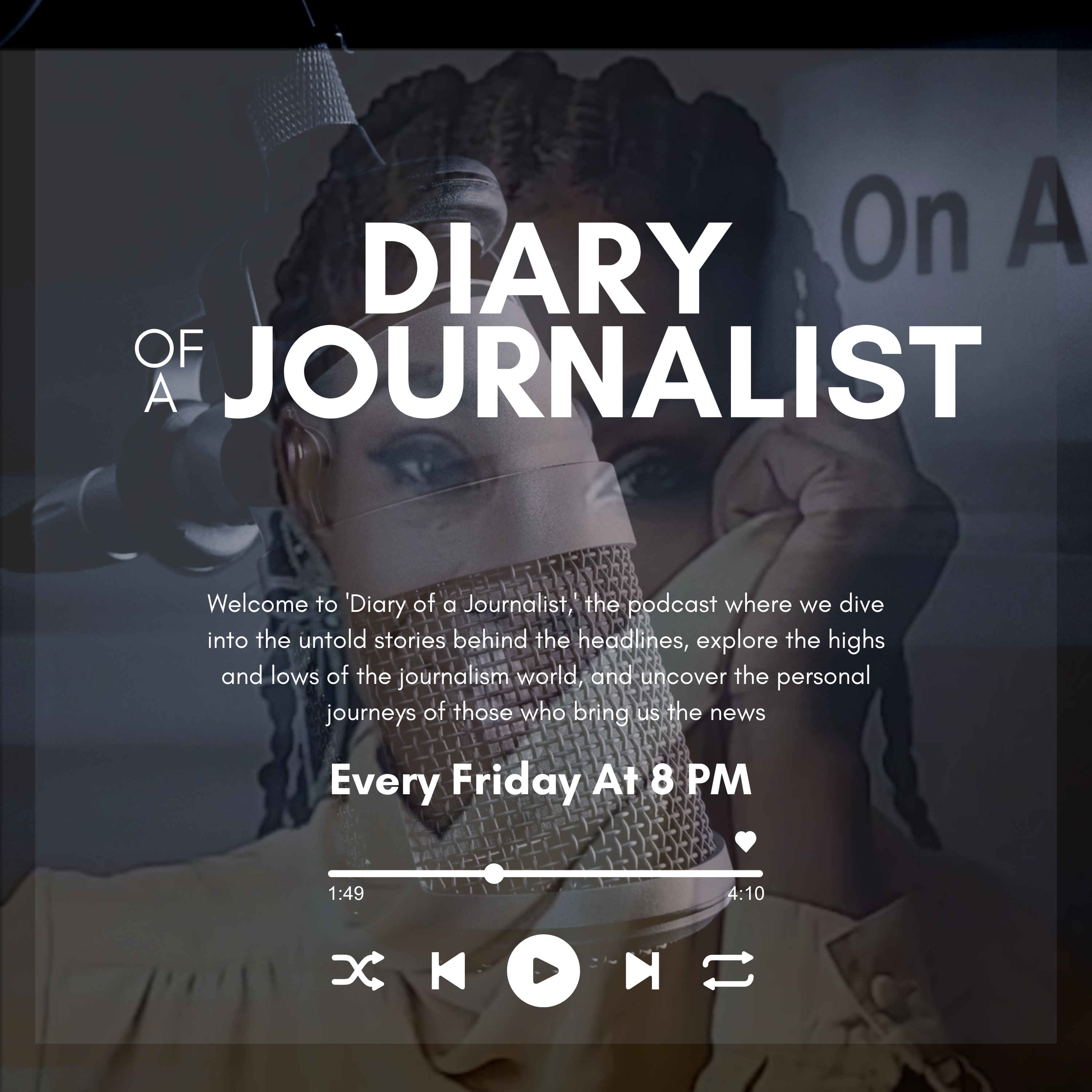Nigeria is a country of vibrant diversity, with over 250 ethnic groups, countless languages, and a mix of cultures that make it a fascinating tapestry of humanity. Yet, in this vast landscape of stories, some voices remain unheard. While media headlines often focus on politics, entertainment, and urban centers like Lagos and Abuja, many marginalized communities across the country are left out of the national narrative. These are the forgotten stories — the untold struggles, triumphs, and realities of people living on the fringes of mainstream attention.
The Marginalized Voices
Marginalized communities in Nigeria encompass a wide spectrum of people and regions. These include rural farmers facing land disputes, women enduring gender-based violence in silence, children in remote villages with no access to quality education, and entire ethnic groups grappling with cultural erasure. It also includes people living with disabilities, internally displaced persons (IDPs) from conflicts, and small fishing communities battling environmental degradation caused by oil spills.
Take, for instance, the plight of the Ogoni people in the Niger Delta. For decades, their land has been devastated by oil exploration, leaving their water polluted and their livelihoods destroyed. Despite their cries for help, their struggles rarely make it to the front pages. Similarly, in northeastern Nigeria, where the Boko Haram insurgency has displaced millions, the stories of resilience and survival among IDPs often go unnoticed. These communities are not just statistics; they are real people with real stories that deserve attention.
Why Are These Stories Forgotten?
The reasons for this neglect are complex. Media houses often operate under financial constraints, prioritizing stories that will attract advertisers and boost revenue. Urban-based journalists may lack the resources to travel to remote areas or the connections to uncover grassroots issues. Additionally, sensationalism in the media often overshadows in-depth reporting, pushing the stories of marginalized communities further into obscurity.
Another factor is the lack of representation within the media industry. Journalists from underserved regions are few, and without insiders who understand the unique challenges of these areas, it becomes harder to bring these issues to light. Language barriers and cultural differences also play a role, as some stories require nuanced understanding and a sensitive approach to reporting.
The Effort to Give a Voice
Despite these challenges, some journalists and organizations are working tirelessly to bring the stories of marginalized communities to the forefront. Investigative journalists like Fisayo Soyombo and the nonprofit Premium Times Centre for Investigative Journalism (PTCIJ) have consistently delved into issues affecting the less privileged. Their work has shed light on corruption, human rights abuses, and systemic inequalities, often at great personal risk.
Local journalists in states like Adamawa, Zamfara, and Bayelsa are also stepping up. These reporters often double as advocates, using their platforms to amplify the voices of their communities. For instance, grassroots media outlets and community radio stations have become lifelines for rural Nigerians, providing platforms to discuss local issues like healthcare, farming challenges, and women’s rights.
Organizations like Connected Development (CODE) have taken things a step further by combining journalism with activism. Through initiatives like Follow the Money, they track government spending on projects in underserved areas, ensuring accountability and transparency. This has given many communities a renewed sense of hope and a means to fight for their rights.
Challenges of Reporting on Marginalized Communities
Reporting on marginalized communities is not without its hurdles. Journalists face security risks when covering stories in conflict zones or regions controlled by powerful interests. In some cases, reporters have been harassed, detained, or even killed for exposing the truth. Additionally, the cost of in-depth reporting, including travel and accommodation in remote areas, can be prohibitive for many media houses.
Another challenge is building trust with the communities themselves. Years of neglect and exploitation by outsiders have made some people wary of journalists. Gaining access requires patience, cultural sensitivity, and a commitment to telling their stories accurately and respectfully.
The Impact of Telling These Stories
When journalists succeed in bringing marginalized stories to light, the impact can be profound. Public awareness can drive policy changes, mobilize resources, and spark conversations that lead to solutions. For example, widespread reporting on the plight of Chibok girls after their abduction by Boko Haram in 2014 rallied global attention and pressure that led to the rescue of some of the girls.
Similarly, investigative reports on the herdsmen-farmer conflicts in Nigeria’s Middle Belt have spurred debates about land reform and conflict resolution. These stories remind us that the media’s role is not just to inform but also to hold power accountable and advocate for justice.
The Way Forward
To ensure that the voices of marginalized communities are heard, several steps need to be taken. First, media houses should invest in training and supporting journalists to cover underserved regions. This includes providing financial backing for investigative projects and prioritizing ethical reporting. Collaborative journalism, where multiple media outlets pool resources to cover underreported stories, can also help overcome financial constraints.
Second, there is a need for more diversity within the media industry. Encouraging young journalists from marginalized communities to pursue careers in journalism can bring fresh perspectives and authentic storytelling to the table. Scholarships, mentorship programs, and internships targeted at these groups can make a difference.
Third, the rise of digital media offers new opportunities to amplify these voices. Social media platforms, podcasts, and blogs allow journalists and communities to bypass traditional media gatekeepers. By embracing these tools, stories from the margins can reach wider audiences and inspire action.
The stories of Nigeria’s marginalized communities are not just side notes in the nation’s narrative; they are essential chapters that shape who we are as a people. By giving these stories the attention they deserve, we uphold the principles of fairness, justice, and equality.
It is time for Nigeria’s media to look beyond the headlines and into the heart of the nation — to tell the stories of the forgotten, the overlooked, and the unseen. Because in amplifying their voices, we strengthen our collective humanity.





